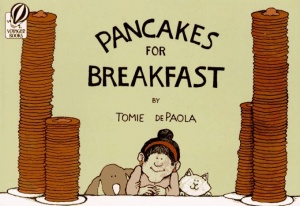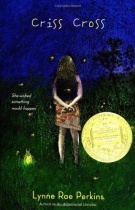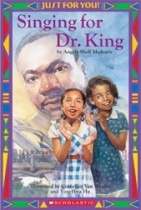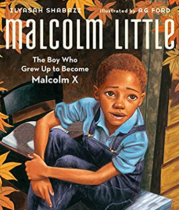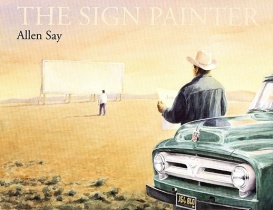Evaluation
I loved how this book was written with the intent of having the reader follow a series of steps. The picture of the recipe book became the foundation for this pancake story. Not only did it act as a creative organizational element, but it allowed the reader to predict what was going to happen in the remainder of the story. We were not only learning how to make the pancakes, but we were learning where the ingredients came from. Depaola could have had the young girl looking in the refrigerator for a carton of eggs. Instead, he emphasized that eggs come from chickens. He could have had the girl look in the refrigerator for a carton of milk. Instead, he had the girl milk the cow. There were tiny little errands that made up the larger context of the story.
Two other elements that made this book so successful was Tomie Depaola’s use of exaggerated facial expressions and the use of the speech bubbles. The speech bubbles truly captured what the main character was thinking/feeling. When she was lying in bed, she was thinking of pancakes. When she was in need of maple syrup she had a grumbly expression on her face with a speech bubble and a bottle of syrup.
For younger students, you may decide to open up the art study and allow them draw their favorite part of the story. You may have the students write down one or two sentences that explains what they learned from reading this story. What was important? It may be fun to have students create their own wordless picture book and illustrate parts of their favorite recipe. The teacher may also decide to trace and enlarge the pictures of the book and provide the students with an interactive sequencing activity for each partner group to explore together.
